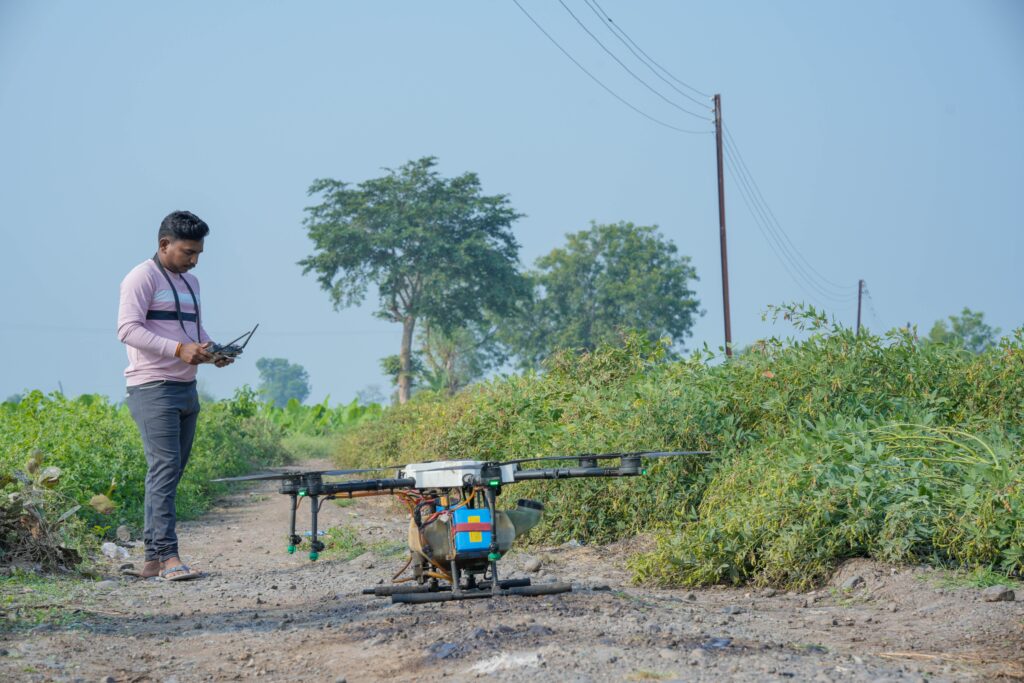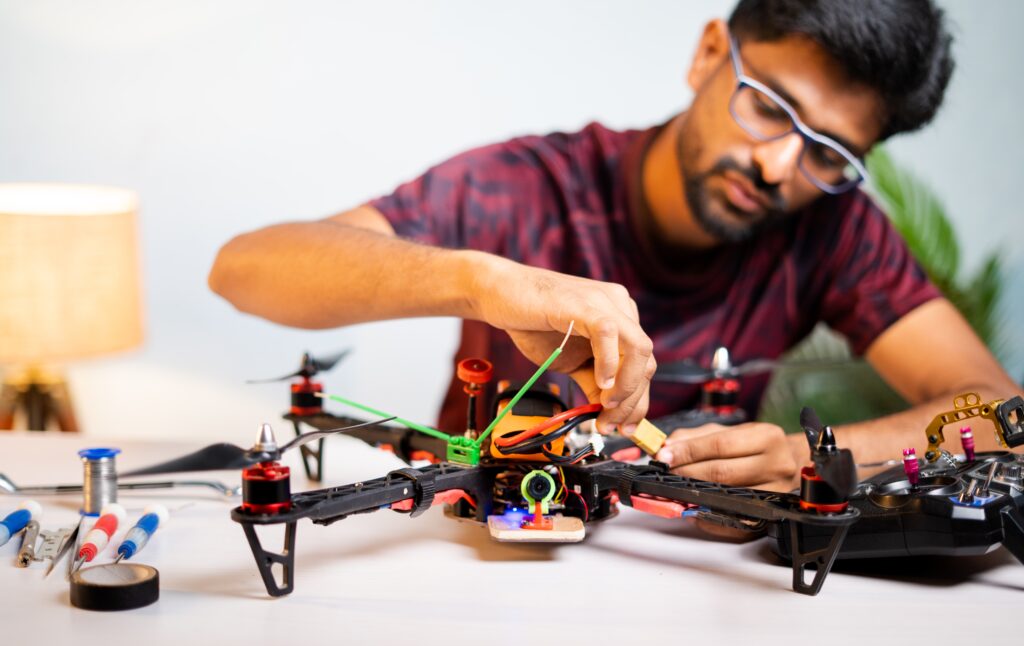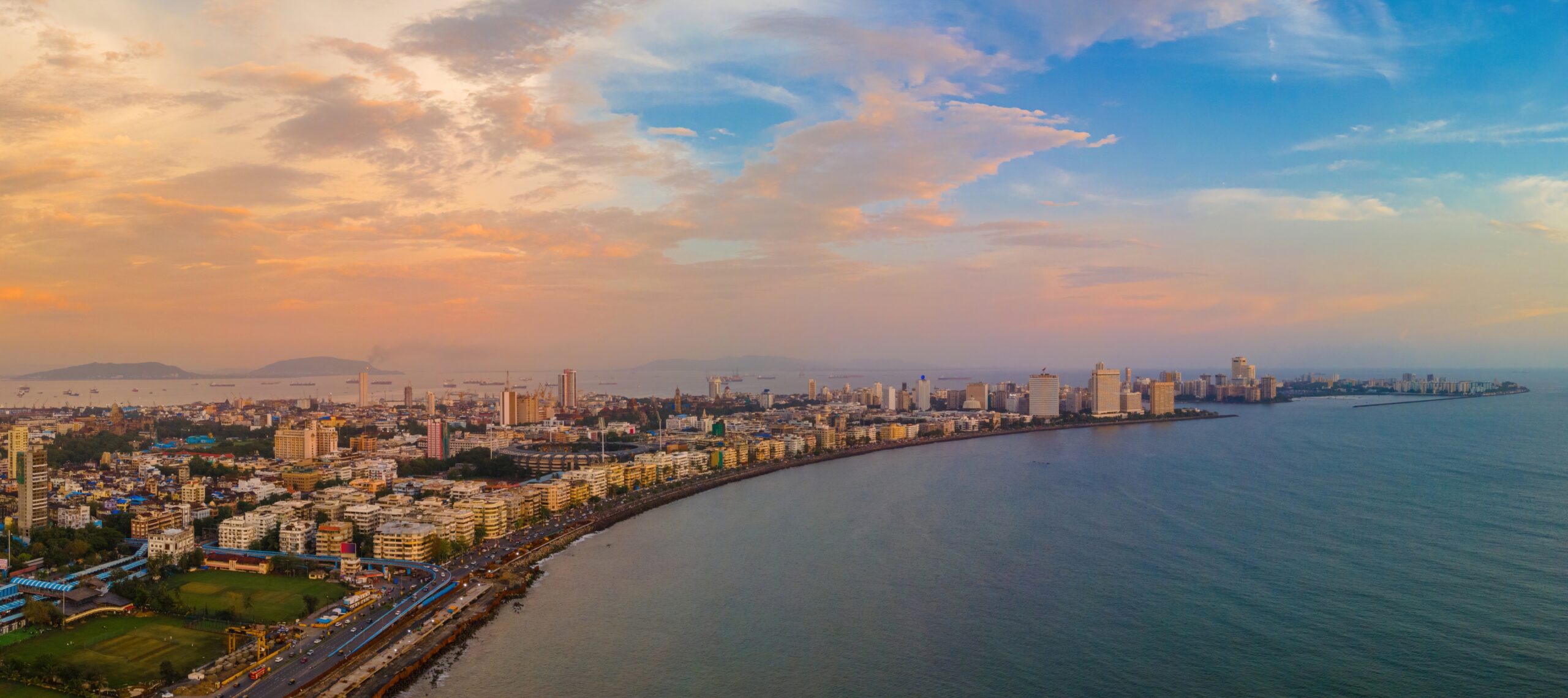By: Akshata, AG Ambassador for Asia
India stands at a critical juncture in drone regulation, especially when it comes to enabling routine Beyond Visual Line of Sight (BVLOS) operations. As the global drone ecosystem matures, the United States’ newly proposed Part 108 rule and Canada’s progressive approach offer a clear blueprint for action.

The U.S. Proposed Part 108 BVLOS Regulation
A Notice of Proposed Rulemaking (NPRM) is a draft federal rule issued for industry and public consultation before being codified. Federal Aviation Administration’s (FAA) proposed 2025 proposed NPRM for Part 108 aims at large-scale, routine BVLOS drone operations in the United States, replacing ad hoc waivers with a structured, risk-tiered system.
Performance, Risk and Ecosystem Focus
It proposes performance- and risk-based differentiation, modern personnel roles, scalable airworthiness acceptance and obligatory connectivity with digital unmanned traffic management (UTM) providers. In short, it provides an ecosystem approach, rather than one-size-fits-all.
Safety First Approach
A major shift with Part 108 is mandatory organizational Safety Management Systems (SMS) for compensated BVLOS operations. SMS moves beyond traditional compliance embedding systematic hazard identification, continuous risk management, personnel training and a proactive safety culture at all levels of the drone enterprise. This approach, well-established in commercial aviation, codifies operational safety as a continuous, living system.
Canada’s Proactive BVLOS Framework
Transport Canada regulates drones under the Canadian Aviation Regulations (CARs) Part IX, which sets clear requirements based on operational risk.
Risk-Based, Tiered Model
Visual Line of Sight (VLOS) operations fall under either a Basic Operations or Advanced Operations certificate, depending on airspace, distance from people, and other risk factors. Advanced pilots must pass a higher-level written test, complete an in-person flight review and use drones meeting declared safety assurance levels.
Historically, BVLOS operations required a Special Flight Operations Certificate (SFOC), issued case-by-case after assessing detect-and-avoid capabilities, communications reliability, pilot competency, and risk mitigation. While flexible, the SFOC process can be time-consuming and unpredictable.
The New BVLOS Amendment
Starting November 4, 2025, a new CARs Part IX BVLOS Amendment will allow many lower-risk BVLOS flights without an SFOC. At its core is the Level 1 Complex Operations certification for small and medium drones (up to 150 kg) operating BVLOS in uncontrolled airspace below 122 m (400 ft). Pilots must be at least 18, complete ground school, pass an online exam, and succeed in a practical flight review.
Operators must also hold an RPAS Operator Certificate (RPOC), which embeds Safety Management System (SMS) principles through documented procedures, maintenance programs, training and risk management. The framework applies the Joint Authorities for Rulemaking on Unmanned Systems (JARUS) Specific Operations Risk Assessment (SORA) model to enable predictable, standards-based BVLOS operations while retaining SFOCs for higher-risk missions.
Influence on the FAA’s Part 108
The FAA’s proposed Part 108 mirrors several elements of Canada’s approach: tiered pilot certification, pre-defined BVLOS pathways, and integration of organizational safety oversight. Discussions between Transport Canada and the FAA in late 2024 likely contributed to this alignment, showing how Canada’s proactive model has influenced U.S. BVLOS rulemaking. (See prior AG coverage about the CARs Part IX BVLOS Amendment here.)
Current State of BVLOS in India
India’s Drone Rules, 2021 provides the foundational norms for drone classification, pilot certification and airspace segmentation. It mandates that no person shall operate an uncrewed aircraft system (UAS) in India unless it conforms to a type certificate issued by the Directorate General of Civil Aviation (DGCA), the regulatory body responsible for safety and regulation, except for categories specifically exempted such as nano drones (weighing ≤250 grams) and model remotely piloted aircraft systems used for research or recreation.
However, routine BVLOS operations in India largely remain in the trial phase, conducted through experimental corridors under project-based exemptions like the “Medicine from the Sky” initiative. This project, led by Telangana and the World Economic Forum, aims to deliver vaccines and medical supplies to remote areas through consortiums integrating drone platforms, cold chain management and healthcare expertise.
Ongoing trials supported by conditional government exemptions hold promise for scaling these lifesaving operations across India soon. As of mid-2025, India still lacks a formal, structured pathway for certified, commercial BVLOS operations.
Learning from the West: What India Should Adopt

India’s BVLOS ambitions cannot progress in isolation. While local conditions, geography and airspace management needs are unique, global best practices offer tested blueprints that shorten learning curves and reduce regulatory trial-and-error. By studying how mature drone markets like the United States and Canada have evolved from one-off permissions to structured, scalable BVLOS ecosystems, India can accelerate adoption, improve safety and strengthen industry confidence. The aim is to adapt proven regulatory principles to India’s context ensuring safe, predictable and commercially viable BVLOS operations.
Move from Waivers to Routine Permissions
Both Part 108 and Canada’s BVLOS amendments offer predictable, certifiable pathways that reduce the need for case-by-case exemptions. India must build a similar framework that enables routine, lower-risk BVLOS operations under clearly defined conditions such as operations in unpopulated areas or along linear infrastructure.
Tiered, Risk-Based Licensing
Canada’s Basic and Advanced Pilot Certificates, along with its new Level 1 Complex Operations credential, reflect a graduated, risk-aware system. FAA’s Part 108 proposes tiered permits and certifications aligned with operational complexity. India can adopt a similar multi-level certification approach to scale pilot competencies in line with evolving mission profiles.
Formalize Safety Management Systems (SMS)
Part 108 mandates SMS for all certificate-level BVLOS operations, emphasizing hazard identification, risk mitigation and organizational safety culture. India’s drone operators currently follow basic SOPs, but no formal SMS framework exists. A national push to integrate SMS into regulatory requirements mirroring aviation-grade practices would elevate safety standards and build stakeholder trust.
Encourage Organizational Certification
Canada requires operators to obtain a RPOC for BVLOS flights, an aviation-style approval system for companies. India can introduce a similar structure to hold drone companies accountable for internal training, maintenance protocols and safety governance.
Embrace Shielded and Sheltered Operations
Both the FAA and Transport Canada have proposed easing restrictions around shielded operations flights conducted close to vertical structures or terrain that obstructs the line of sight from manned aircraft. These operations, when performed near obstacles such as buildings or trees, reduce the risk of mid-air conflicts. India should adopt a similar approach by enabling safe BVLOS operations in controlled corridors (e.g., pipeline inspections, railway monitoring) to accelerate real-world use cases.
Build a Framework for ADSPs and UTM Integration
FAA’s proposed Part 146, introduced alongside Part 108 in the NPRM, aims to regulate Automated Data Service Providers (ADSPs), key enablers of safe BVLOS flight through traffic deconfliction and conformance monitoring as part of an Unmanned Aircraft System Traffic Management (UTM). India must operationalize its UTM framework under the Digital Sky platform, recognize third-party service providers and establish certification protocols for digital infrastructure providers.
A Blueprint To Propel A New Era In Drones
For India, embracing this blueprint is a golden opportunity. Rather than reinvent the wheel, Indian policymakers can leapfrog decades of iterative trial and error by adapting proven principles, scalable, risk-based rules; mandatory SMS; digital airspace integration; and a culture of transparency. Regulatory reform, though never instantaneous, is urgent: the country’s logistics, healthcare, agriculture and infrastructure sectors are eager for safe, routine BVLOS permissions. Now is the moment for DGCA and industry partners to launch a new era for drones!

